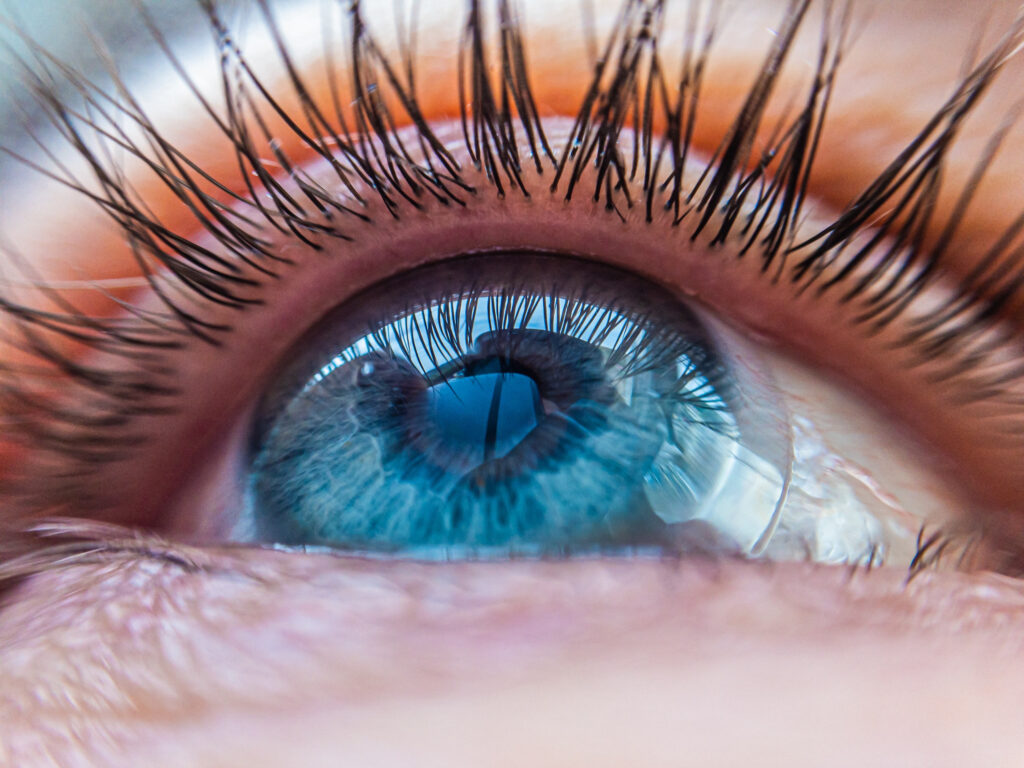
Children’s Contact Lenses
Did you know that contact lenses can be just as suitable for children as adults? Talk to us anbout whether they could be right for your child.
Types of Contact Lenses
Are you considering changing to contact lenses from glasses or do you just want to wear contact lenses occasionally? Maybe you’ve worn lenses in the past but are considering them again?
- Standard/spherical
- Toric
- Multifocal


Standard/spherical contact lenses
The most commonly used contact lens replicates the spherical surface of the eye; these lenses can correct myopia (short-sightedness) and hyperopia (long-sightedness). Unlike other types, spherical lenses have the same optical power throughout each lens.
Myopia, a common eye condition, causes objects in the distance to look blurred, while anything else up close can be seen clearly.
Hyperopia is a condition that results in the opposite, meaning nearby objects appear blurry, and your eyes are able to focus on distant objects, with more ease.
Toric contact lenses
Specifically to correct the common refractive error, astigmatism, toric contact lenses are designed for a comfortable fit and clear vision. Having astigmatism means that either one or both of your eyes feature an incorrectly shaped lens or cornea, and as a result prevent the light from entering your eye properly, causing blurred vision.


Myopia Control contact lenses
More and more children around the world are becoming short-sighted (myopic). It is a concern for many parents whose children have this eye condition that seemingly gets worse every year.
For these kids with myopia, special types of contact lenses have been shown in research and in clinical practice to be far more advantageous than wearing regular glasses. Not only do these contact lenses provide clear vision without the hassle of wearing spectacles, but they also help slow down a child’s progressive vision deterioration that occurs with myopia.